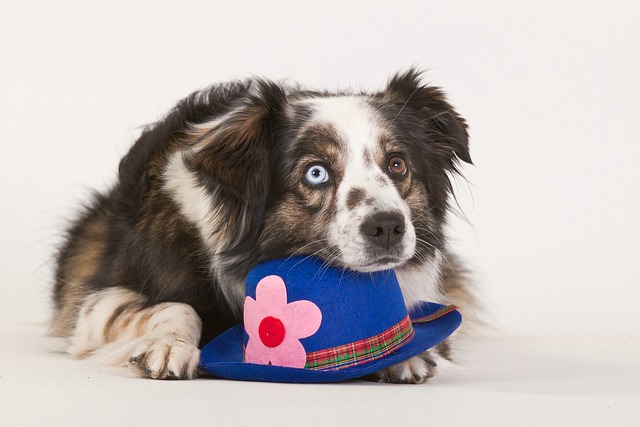
What home remedies can help with dog skin rashes?
Watching a dog scratch, lick, or rub their skin raw is one of the most worrying sights for any pet parent.
Many pet parents brush off small changes in their dog’s habits—like drinking more water or skipping a meal—thinking it’s just a passing phase. But for some pups, these little shifts can be early clues of a bigger issue: diabetes. This condition, which affects how dogs process sugar, is more common than you might think, especially in middle-aged or overweight dogs, and catching it early makes a huge difference in their quality of life.
Understanding the science helps you spot the signs faster. Just like in humans, diabetes in dogs happens when their body can’t make enough insulin or can’t use insulin properly. This leads to high blood sugar, which triggers specific behaviors. You might notice your dog begging for water nonstop—they’re trying to flush out extra sugar through their urine. That also means more trips outside to pee, even in the middle of the night or in spots they usually avoid. Weight loss is another red flag: even if they’re eating the same amount, their body can’t use the sugar for energy, so it starts burning fat and muscle instead.
 When you see these signs, here’s what to do next. First, jot down details: How much more water is your dog drinking? Are they having accidents indoors? Has their appetite changed? This info helps your vet make a clear diagnosis. Next, schedule a vet visit—they’ll run blood and urine tests to check sugar levels. Don’t wait: untreated diabetes can lead to serious problems like blindness or kidney damage. While at the vet, ask about diet tweaks too—many dogs with diabetes do well on high-fiber, low-sugar dog food, which helps keep blood sugar steady.
When you see these signs, here’s what to do next. First, jot down details: How much more water is your dog drinking? Are they having accidents indoors? Has their appetite changed? This info helps your vet make a clear diagnosis. Next, schedule a vet visit—they’ll run blood and urine tests to check sugar levels. Don’t wait: untreated diabetes can lead to serious problems like blindness or kidney damage. While at the vet, ask about diet tweaks too—many dogs with diabetes do well on high-fiber, low-sugar dog food, which helps keep blood sugar steady.
It’s also key to tie these health checks to your daily responsibilities as a pet parent. In most places, keeping your dog up-to-date on vaccines is required by law, and regular vet visits (where diabetes can be caught early) go hand-in-hand with that. When you’re out walking—whether in your apartment complex or a local park—pay attention to their energy levels too: a dog with undiagnosed diabetes might lag behind or seem tired easily. And remember, positive reinforcement is always the way to go if you need to adjust their routine—never use punishment, which goes against best practices for animal welfare.
Caring for a dog with diabetes takes commitment, but it’s totally manageable with the right support. Once diagnosed, your vet will help you create a plan—this might include daily insulin shots and regular check-ins to adjust treatment. By staying alert to the early signs, working closely with your vet, and sticking to your legal and ethical duties as a pet parent, you’ll help your dog live a happy, healthy life—even with diabetes.

Watching a dog scratch, lick, or rub their skin raw is one of the most worrying sights for any pet parent.

You might notice your dog licking a red, bumpy patch on their belly nonstop, or spot oozing sores around their paws—these could be signs of pyoderma, a common bacterial skin infection in dogs.

Every new dog owner dreams of happy walks in the park and cozy cuddles on the couch—but there’s a hidden threat that can turn those joys upside down: canine parvovirus.

I knelt with my friend Ryan in his Connecticut suburban kitchen last week, his 18-month-old Basset Hound, Olive, tilting her floppy ear and whimpering as he tried to peer inside with a flashlight.

I sat with my friend Mia in her Seattle apartment living room last weekend, spread out on the floor with her 2-year-old Australian Shepherd

I sat with my friend Jesse on his Miami apartment balcony last week, watching his 18-month-old Corgi, Mabel, scratch her belly so hard she kicked her back legs—red